The “metal-eating” robot can follow a metal path without using a computer or needing a battery.
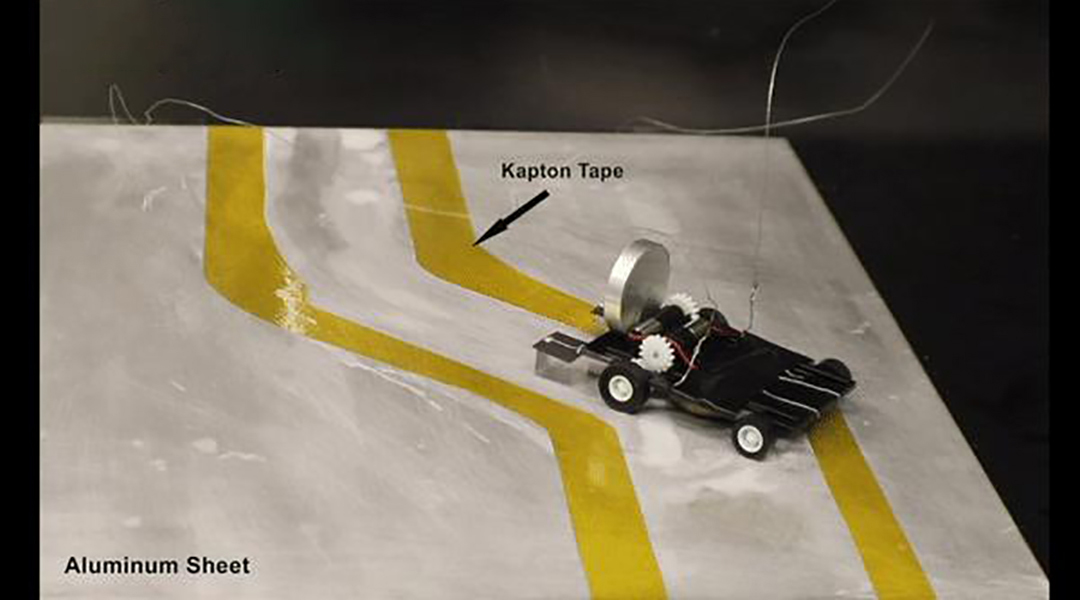

The “metal-eating” robot can follow a metal path without using a computer or needing a battery.
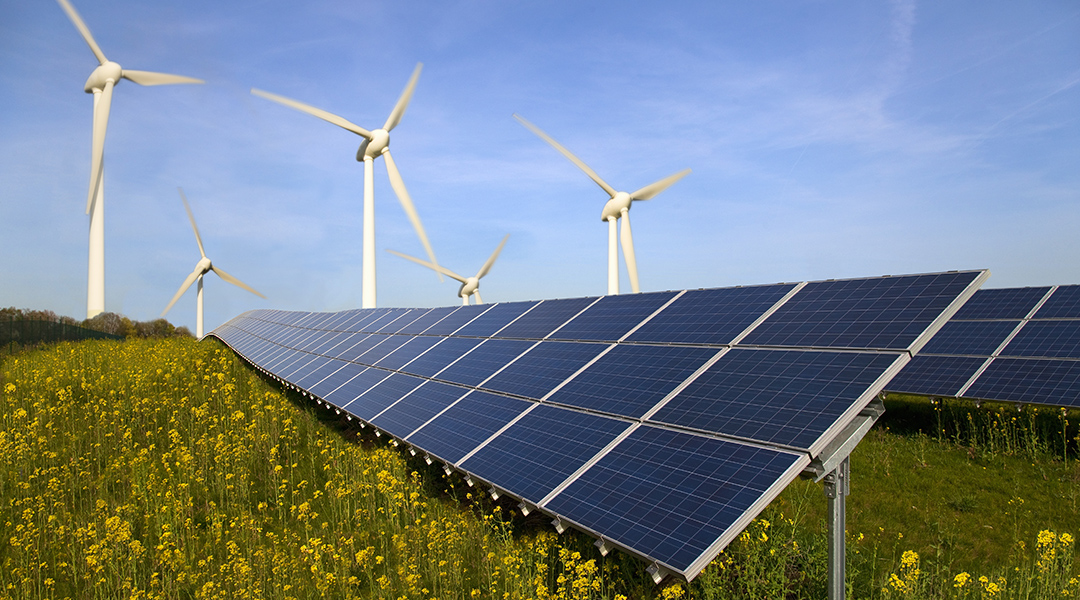
A new report outlines in quantitative detail the range of options, trade-offs, and costs to guide future policies in achieving carbon neutrality by 2045.
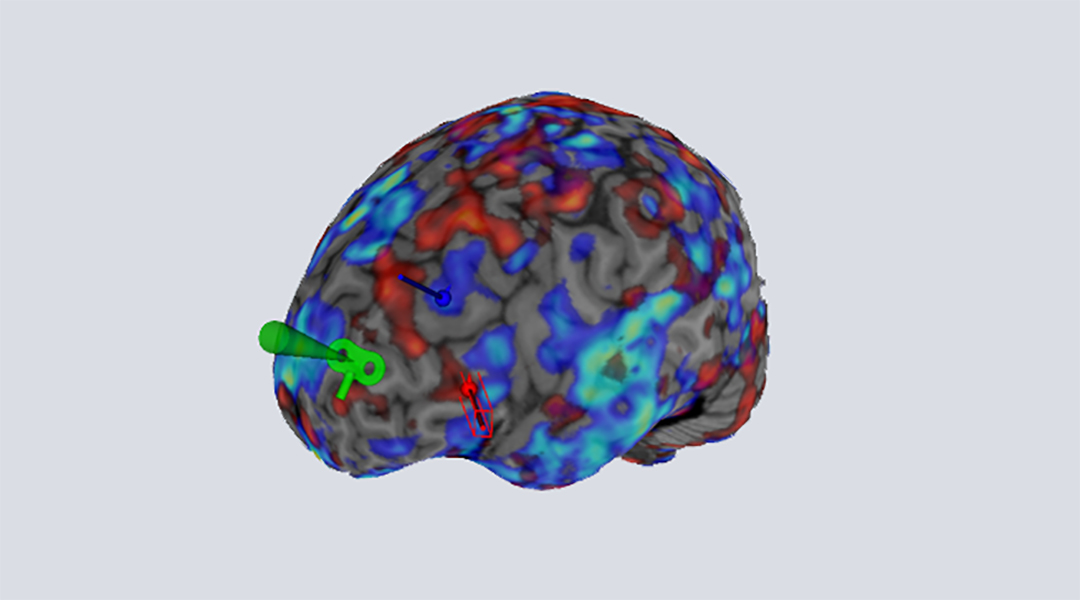
Taking advantage of progress made in neuroimaging, researchers hope that personalized treatments for mental disorders using brain stimulation therapies will be the way forward.
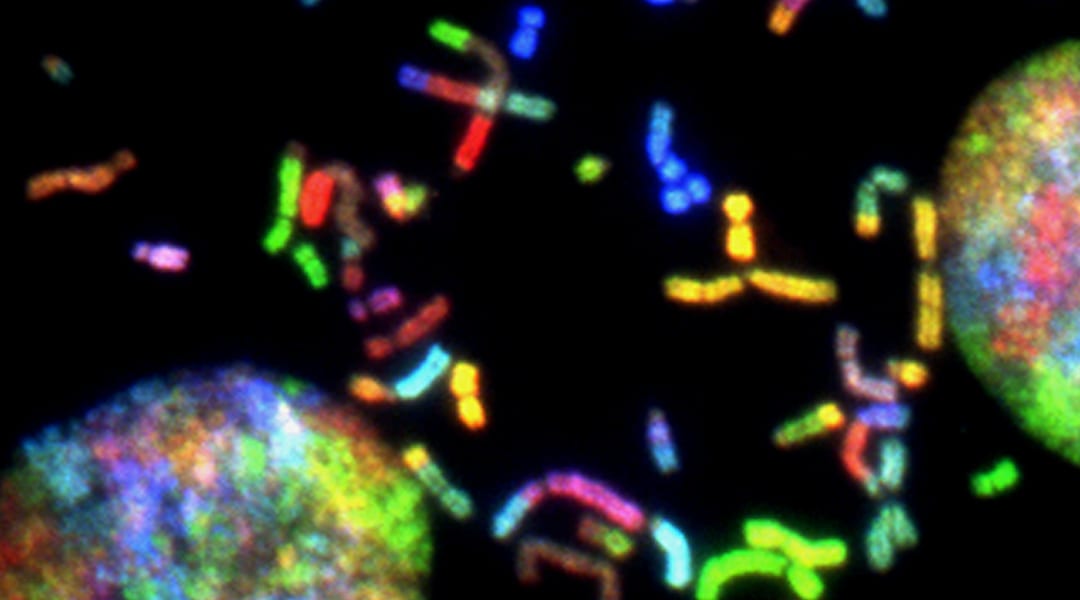
A new computational technique allows researchers to model biological processes with better accuracy and at a lower computational cost.

Developments in pathogen-detecting materials could provide an easy means of detecting viruses within public places.
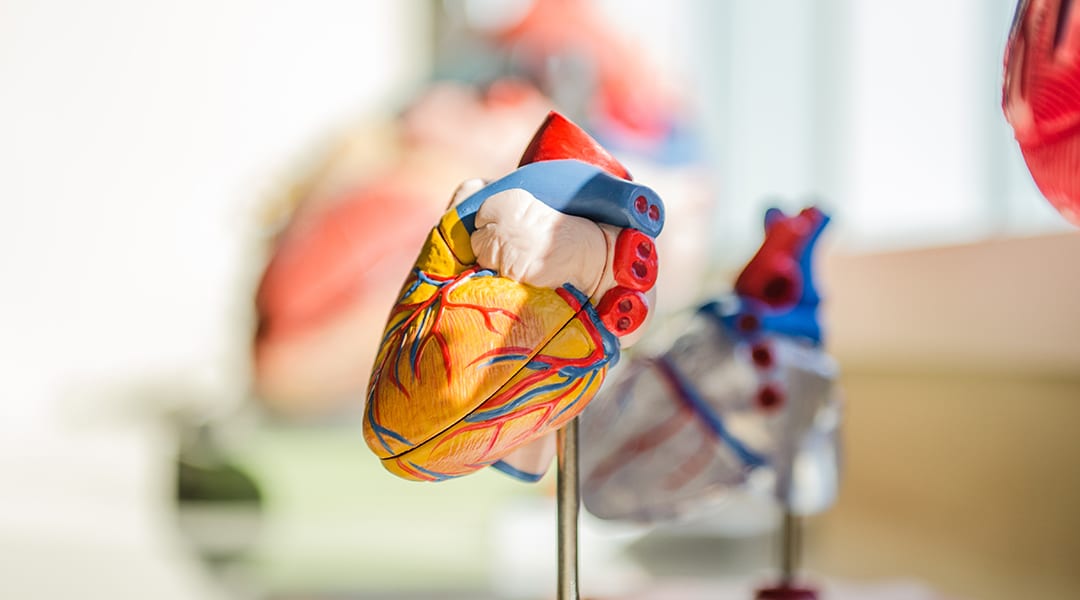
Stem cells found in the lungs can be redirected to the heart using a new inhaled antibody therapy to help boost healing following a heart attack.

A new blood-derived embolic material with regenerative properties stops bleeding instantly, even in cases of impaired coagulation.
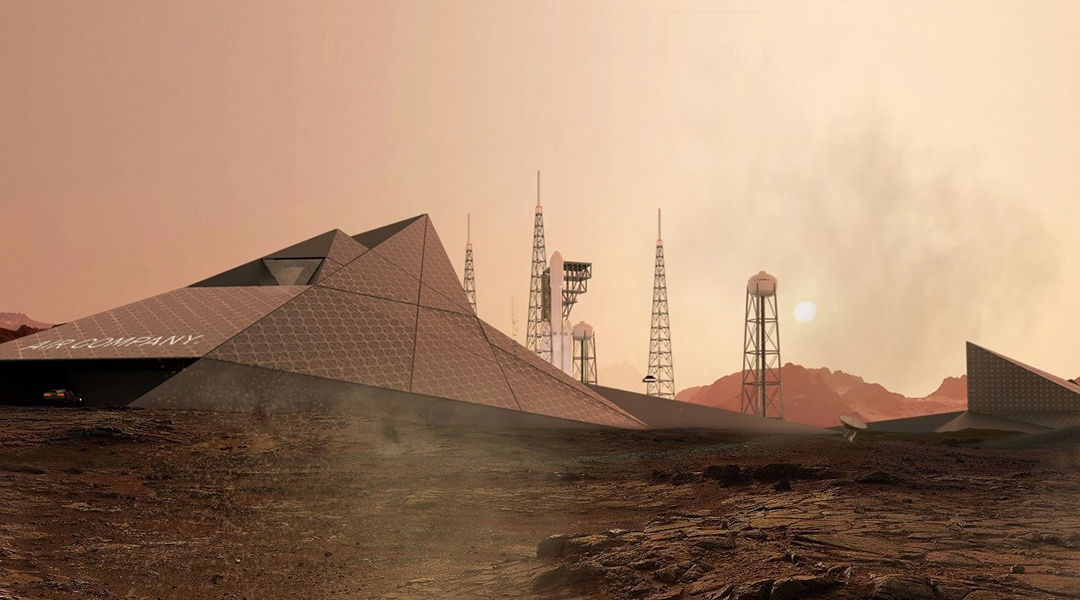
The chemistry of carbon dioxide may not save the human race on Earth, but could enable a new beginning for life on the red planet.
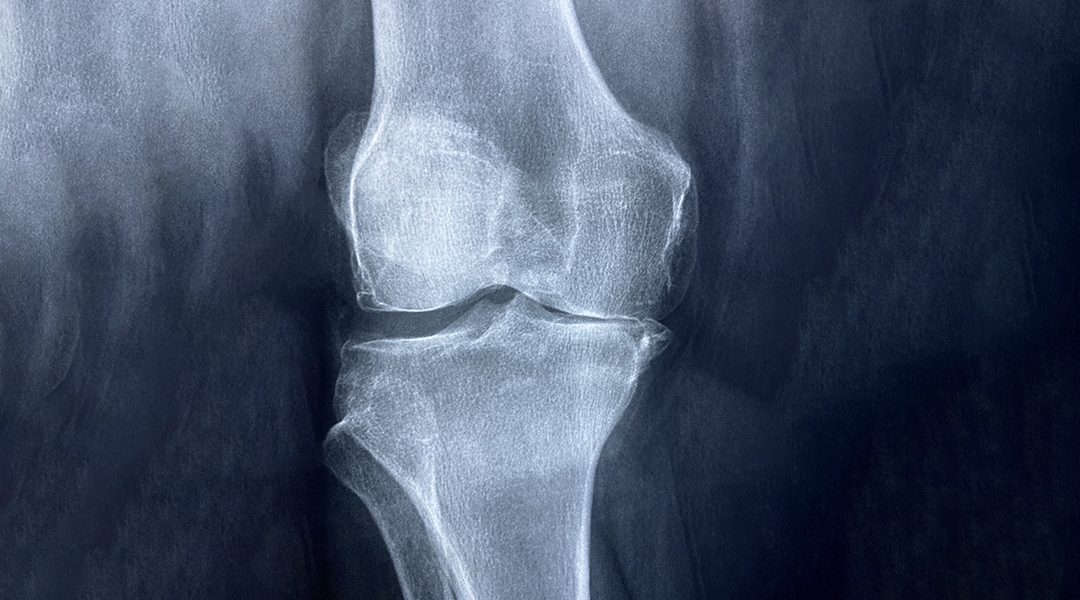
Researchers use an enhanced technique to pattern unaltered cells within a 3D hydrogel, allowing them to recreate complex biological tissue for regenerative medicine.

Who were the vikings and where did they come from? Sequencing of skeletons allows researchers to understand Vikings through their genetic legacy.